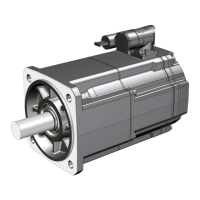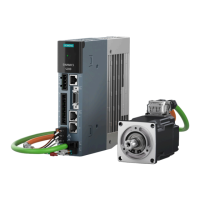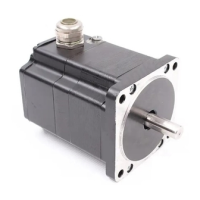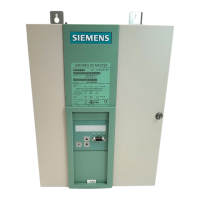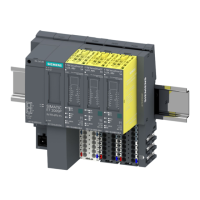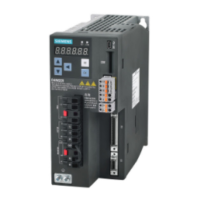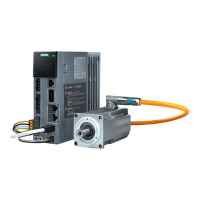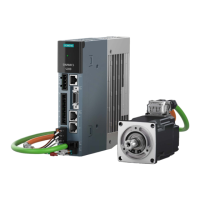SINAMICS V90, SIMOTICS S-1FL6
Operating Instructions, 04/2019, A5E36037884-007
101
Electric shock and damage to property from improper connections
Improper connections have high risks of electrical shock and short circuit, which will
jeopardize personal safety and equipment.
• The drive must be directly connected with the motor. It is not permissible to connect a
capacitor, inductor or filter between them.
• The line supply voltage must be within the allowable range (refer to the drive rating
plate). Never connect the line supply cable to the motor terminals U, V, W or connect
the motor power cable to the line input terminals L1, L2, L3.
• Never wire up the U, V, W terminals in an interchanged phase sequence.
• If the CE marking for cables is mandatory in some cases, the motor power cable, line
supply cable and brake cable used must all be shielded cables.
• For terminal box connection, make sure that the clearances in air between non-
live parts are at least 5.5 mm.
• Cables connected may not come into contact with rotating mechanical parts.
Risk of electric shock and fire from a network with an excessively high impedance
Excessively low short-circuit currents can lead to the protective devices not tripping or
tripping too late, and so causing electric shock or a fire.
• In the case of a conductor-conductor or conductor-ground short-circuit, ensure that the
short-circuit current at the point where the drive is connected to the line supply at least
meets the minimum requirements for the response of the protective device used.
• You must use an additional residual-current device (RCD) if a conductor-ground short
circuit does not reach the short-circuit current required for the protective device to
respond. The required short-circuit current can be too low, especially for TT systems.
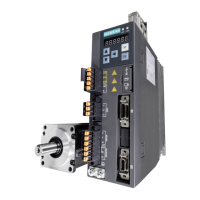
